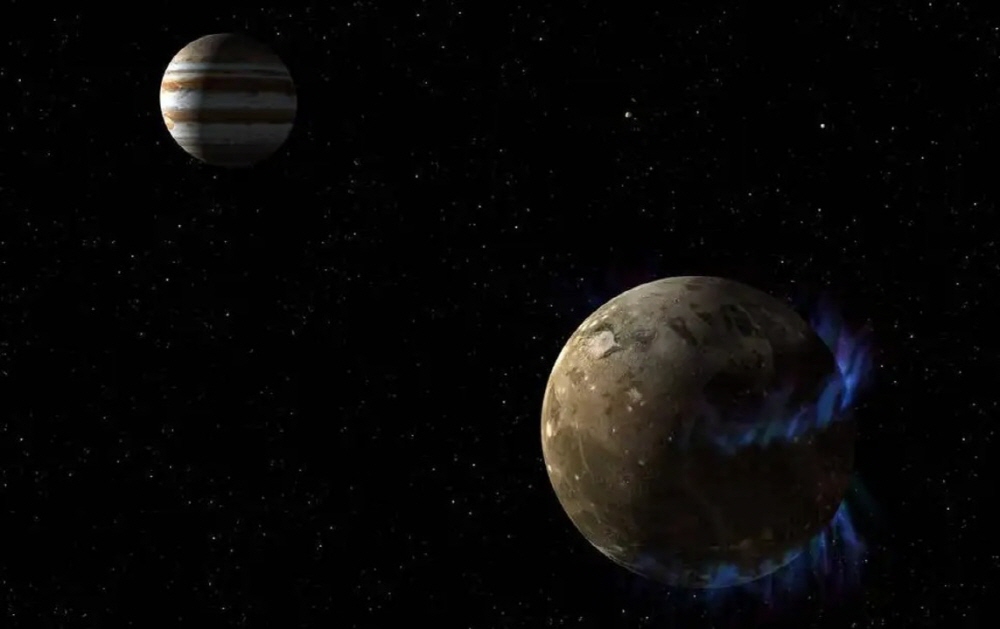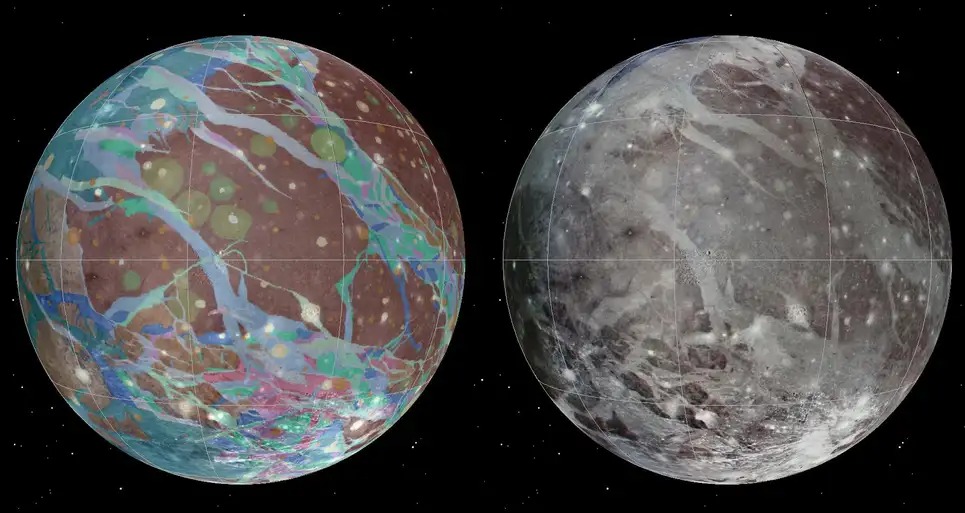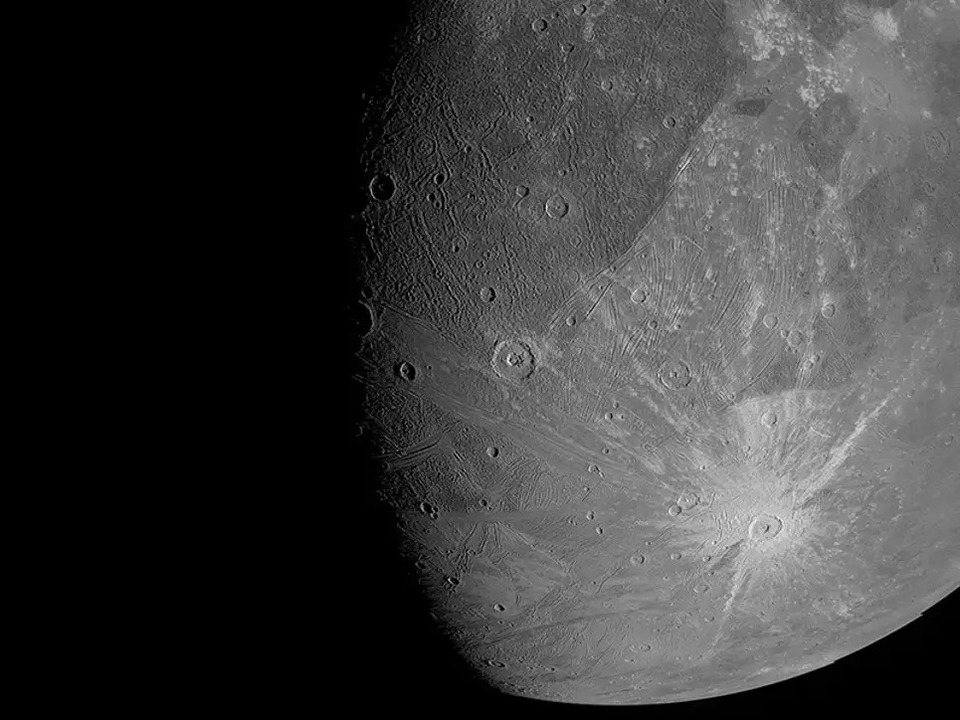
NASA’s Juno spacecraft, which has been in orbit since 2016, approached Jupiter’s moon Ganymede at 13:35 local time on June 7 (local time). Its purpose is to observe the composition of icy satellites and their magnetic fields.
Southwest Labs said that Juno is carrying high-sensitivity equipment that can observe Ganymede in a way that has not been possible until now. Launched in 2011, Juno is conducting expeditions to better understand the composition, evolution, and enigmatic moons of Jupiter, the solar system’s largest gas planet. The low-flying flight utilizes equipment designed for Jupiter observations to unravel the Ganymede riddle, and the probe’s onboard microwave radiometers typically monitor Jupiter’s atmospheric motion and structure. But Ganymede, a moon the size of Mercury, observes what is happening to the icy crust. The surface of Ganymede has light and dark areas, and some of the ice is thought to be not just frozen water.

Juno-loaded devices emit radio waves towards the satellite’s atmosphere. The outer layer, called the ionosphere, refracts the radio waves slightly, hoping to receive these changes from ground observatories. If we observe this change, we may be able to understand the relationship between the Ganymede ionosphere and the magnetic field and Jupiter’s magnetosphere. Moreover, the image noise collected by the Juno camera is used to classify information about the Ganymede radiation environment, and the research team expects to improve the understanding of the Ganymede surface based on the image.

Juno sent the first photo shoot of Ganymede on June 7th. It takes about 25 minutes to take 5 photos. If you look at the picture, it was taken with a visible light camera Junocam, and the resolution is 1km per pixel. You can see huge craters located on the ice-covered surface. It was identified using Junocam’s green filter and combined with the image using red and blue filters to complete a color photo.
The research team says the probe is the closest probe in decades to an incredibly massive moon, and while scientific discoveries will take time, they say they are only amazed at this strange celestial body, the only moon in the solar system larger than Mercury.
Juno also released dark-area images captured by another camera. In addition to these photos, data on the atmosphere will also be obtained.
The Juno mission is nearly eight years old and follows the achievements of the first Galileo probe, which orbited Jupiter and made low-flying major satellites. The Galileo mission ended in 2003 when it entered Jupiter’s atmosphere and destroyed the aircraft. It was Galileo who sensed the Ganymede magnetic field, and this observation led to the present-day Juno mission.
In low-flying, Juno passes at a speed of 19 kilometers per second, so Ganymede only has about 25 minutes to shoot. The next-generation Jupiter mission is already starting. The European Space Agency will launch the Jupiter Ice Satellite Exploration Program (JUICE) and NASA will launch the Europa Clipper in 2022 and 2024, respectively. It will reach Jupiter’s orbit around 2030, the same time as the launch of NASA’s Venus mission. Related information can be found here.


